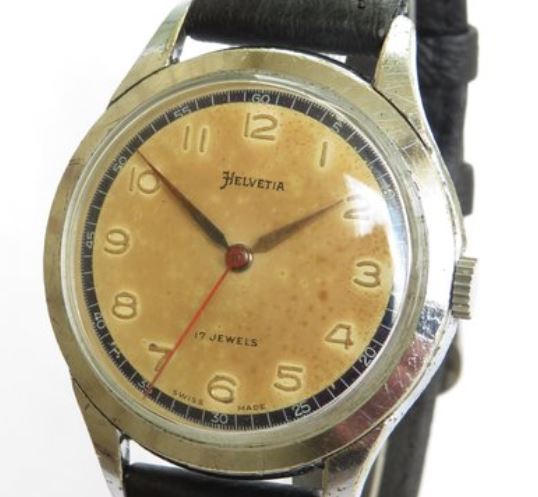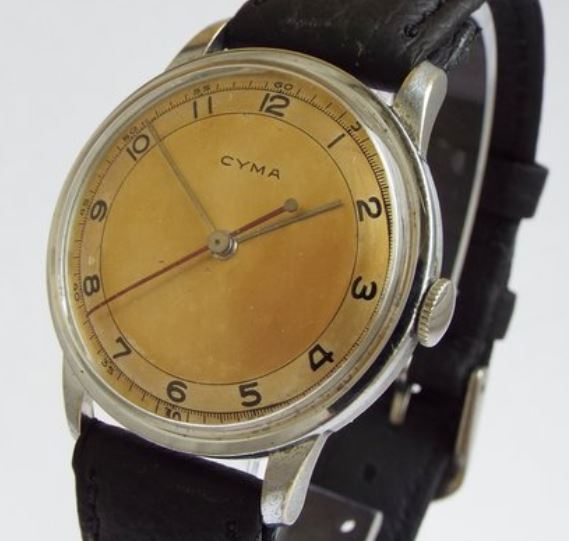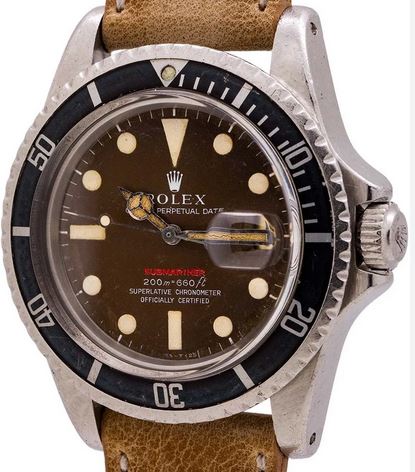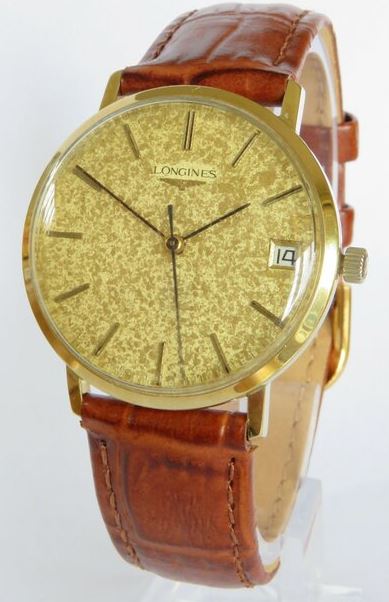Last Updated on May 12, 2024 by Jason
A tropical dial watch is a vintage watch that has undergone a colour change on its dial. This colour change is typically caused by exposure to sunlight, humidity, and other environmental factors. These are conditions that are typically found in the tropics, hence the name. Tropical dial watches are considered highly valued by some vintage watch collectors today. To be honest, I am not one of them. I enjoy wearing vintage watches, but a tropical dial is not on my shopping list. I don’t mind some mild age-related patina on the dial. However, a mottled splatter of darkened patches does not appeal to me at all. However, I agree that some tropical dials with even discolouration could have appeal. Although, I’m not sure how easy it is to find one of these “perfect” tropical dials.
The formation of tropical dials was first noted in the 1940s when soldiers returning from World War II brought back watches that had been exposed to tropical climates in the Pacific. In those days, watches were not designed to withstand the harsh conditions of tropical environments, and as a result, many of them succumbed to UV exposure, heat and humidity. The dials of these watches gradually turned from their original silver or white colour to a caramel or chocolate brown. This change was caused by a chemical reaction between the paint on the dial and the moisture and UV radiation in the tropical air. The term “tropical dial” was first coined by collectors in the 1990s. It was used to describe vintage watches that exhibited a unique discolouration of the dial.
Lack of UV protection
Tropical dials are essentially dials lacking sufficient UV protection. Over the years, exposure to light gradually faded their colour, but this was never an intended or desired effect. Since the changes occurred slowly, the flaw was only discerned later on. Authentic tropical dials are exclusively found on vintage watches from a specific era that have been, or still are, regularly exposed to intense UV radiation. For a long time, vintage watch collectors viewed this as damage and tropical dial watches were considered undesirable. It is thought that the term “tropical dial” may have been coined by watch dealers to draw attention away from a perceived “flaw”. After all, “tropical dial sounds so much better than “UV damaged dial”. Regardless of the origin of the term, interest in tropical dial watches has grown in the last 25 years.

Tropical dial watches are rare because not all watch dials can become discoloured. It is only those that lack significant UV protection in the paint on the dial, that can become “tropical”. Most modern watch dials use UV-resistant paint and colouring processes designed not to discolour even after long exposure to sunlight. The problem originated because dial manufacturers used paint which had a chemical manufacturing defect. The defect meant that the dial was not as UV-resistant as expected. The irony was that discovering the defect took decades because the dials would not discolour after brief exposure to sunlight, but only after years of it. Had these dial manufacturers known, they would have increased UV protection and the phenomena of tropical dials would never have occurred.
Interest in tropical dial watches
Vintage watch collectors are particularly interested in tropical dials because each one forms in its own way. The ageing process is very individual, making each vintage watch with a tropical dial completely unique. The way in which the dial has faded makes a big difference to its desirability for collectors, especially for models from major manufacturers like Rolex, Omega, and Patek Philippe. The tropical dial is the unique selling point of these watches, but not every discolouration is considered desirable. Irregular, mottled dials that look like they are covered in mould or water damage are less appealing than a dial that has aged more evenly. The most popular variations are those that have faded gradually and evenly from black to light brown in a pattern not unlike a sunburst finish.

In the vintage watch market, tropical dials have become a selling point. As a result, some manufacturers have tried to imitate them on modern watches. Dealers and watchmakers alike, have attempted to develop processes that artificially create the tropical dial effect on vintage watches. There have been varying degrees of success. However, it must be said, that most of these attempts have led to questionable results that are clearly recognisable as imitations. A true tropical patina can only develop over a prolonged period with UV exposure.
Prices for tropical dial watches
Prices for authentic tropical vintage watches at the top end of the market are astronomical. A 1950s Rolex submariner with a tropical dial will set you back in excess of £40,000. A tropical Omega Speedmaster, will be £2,000 and up, depending on the exact model and production year. You don’t have to win the lottery to get your hands on a tropical dial. Tag Heuer, Tissot, Longines, Certina, Eterna, Helvetia, Cyma and many more watchmakers can also take credit for poorly aged dials. These are well respected Swiss brands, with plenty of history. There is much less interest at this level and good examples can be found for well under £2,000.

Summary
Watches featuring a tropical dial hold a particular allure for some vintage watch collectors who are in search of a distinctive timepiece. Ultimately, the appeal of such watches is a matter of personal taste. Not every tropical dial captivates all vintage watch enthusiasts. The manner in which the dial has aged carries more significance than simply its ageing process. Natural ageing from exposure to sunlight is always preferred over synthetic ageing. Once again, uniformly tropical dials in shades of black and brown enjoy widespread popularity. Acquiring a vintage watch with an original dial and documented history poses a considerable challenge. This emphasises the importance of thorough research regarding the watch’s provenance before making a purchase.
For those intrigued by the thought of owning a tropical vintage watch without an unlimited budget, attractive and more affordable options can be found among lesser-known watchmakers. Ultimately, buy a tropical dial vintage watch that will make you smile every time you look at it on your wrist.
Realted content
Tropical dials by aBlogtoWatch.

Leave a Reply